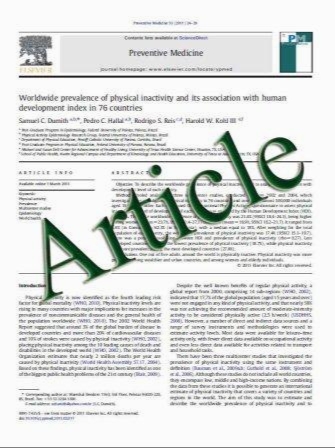Subtraction of unidirectionally encoded images for suppression of heavily isotropic objects (SUSHI) for selective visualization of peripheral nerves
- نوع فایل : کتاب
- زبان : انگلیسی
- مؤلف : Taro Takahara & Thomas C. Kwee & Jeroen Hendrikse & Marc Van Cauteren & Dow-Mu Koh & Tetsu Niwa & Willem P. Th. M. Mali & Peter R. Luijten
- چاپ و سال / کشور: 2011
Description
Introduction The aim of this study was to introduce and assess a new magnetic resonance (MR) technique for selective peripheral nerve imaging, called “subtraction of unidirectionally encoded images for suppression of heavily isotropic objects” (SUSHI). Methods Six volunteers underwent diffusion-weighted MR neurography (DW-MRN) of the brachial plexus, and seven volunteers underwent DW-MRN of the sciatic, common peroneal, and tibial nerves at the level of the knee, at 1.5 T. DW-MRN images with SUSHI (DW-MRNSUSHI) and conventional DW-MRN images (DW-MRNAP) were displayed using a coronal maximum intensity projection and evaluated by two independent observers regarding signal suppression of lymph nodes, bone marrow, veins, and articular fluids and regarding signal intensity of nerves and ganglia, using five-point grading scales. Scores of DWMRNSUSHI were compared to those of DW-MRNAP using Wilcoxon tests. Results Suppression of lymph nodes around the brachial plexus and suppression of articular fluids at the level of the knee at DW-MRNSUSHI was significantly better than that at DW-MRNAP (P<0.05). However, overall signal intensity of brachial plexus nerves and ganglia at DW-MRNSUSHI was significantly lower than that at DW-MRNAP (P<0.05). On the other hand, signal intensity of the sciatic, common peroneal, and tibial nerves at the level of the knee at DWMRNSUSHI was judged as significantly better than that at DW-MRNAP (P<0.05). Conclusion The SUSHI technique allows more selective visualization of the sciatic, common peroneal, and tibial nerves at the level of the knee but is less useful for brachial plexus imaging because signal intensity of the brachial plexus nerves and ganglia can considerably be decreased.
Neuroradiology (2011) 53:109–116 DOI 10.1007/s00234-010-0713-6 Received: 1 March 2010 / Accepted: 23 April 2010 / Published online: 18 May 2010


